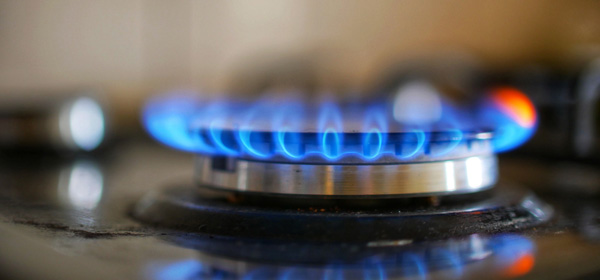It seems the only way is up – despite long, loud and ongoing protests from the Australian Competition and Consumer Commission (ACCC) and energy users. We’re talking power costs, again.
The Cost of Inaction, commissioned by the Australian Workers’ Union (AWU) and released this week, paints a grim picture for energy prices for at least the next 18 months.
It finds that, on average, households in NSW could be paying $434 more for electricity by the end of 2019. Households in Queensland are likely to be hit with a $313 price rise and Victorians with a $254 jump.
Why? The culprit is the wholesale price of gas.
The report explains that wholesale gas prices play a central role in shaping overall household power prices.
“Unlike coal plants that take weeks to fire up or shut down, gas turbines can be turned on and off at short notice, making them ideal to fill the breech when renewables are offline. As the last player to enter the market, during power shortages, gas becomes the overall price-setter.”
Australia is a world leader in gas exports, yet we have some of the highest gas prices. Clearly, something is not working.
The AWU report lays the blame squarely on the Federal Government for a ‘piecemeal’ approach in its attempt to contain inflated wholesale gas prices and poor policy making. It wants the major political parties to adopt a gas reservation policy to guarantee domestic supply at a certain level and keep prices down as a result.
Average wholesale gas prices in eastern Australia should be between $6.30 and $7.80 per gigajoule, according to the ACCC. Instead, the price is more than $9 per gigajoule.
“In 2017, households in New South Wales, Queensland and Victoria paid approximately $151, $175 and $134 more respectively (for energy) than they would have if wholesale gas prices were at levels the ACCC had argued would be reasonable,” the report says.
“Using ACCC advised figures of where the wholesale gas price should have been at in 2017, and with the Government’s current policy settings, by 2019 households in New South Wales, Queensland and Victoria could be paying on average more than $434.08, $312.92, and $254.09 respectively.”
This means the pain is ongoing for the more than three million Australian retirees living on a fixed income. A proportion was already finding it difficult to make ends meet, as shown by research conducted by YourLifeChoices and The Australia Institute (TAI) and published in the latest Retirement Affordability Index™ (December 2017). That pain shows no sign of abating.
In the December quarter, fuel and power were the main drivers of the increase in the cost of living for all tribes except one (Affluent Couples). For the other five tribes identified by YLC – Constrained Couples, Cash-Strapped Couples, Affluent Singles, Constrained Singles and Cash-Strapped Singles – domestic fuel and power accounted for between four and six per cent. Making ends meet on a fixed income was putting most pressure on Cash-Strapped Singles, that is, renters on an Age Pension.
Senior TAI economist Matt Grudnoff writes in the Retirement Affordability Index™ that one in four retirees are already living in poverty – twice the OECD average of 12.5 per cent – and that soaring energy bills can only exacerbate their plight.
A partial solution? The report says it is “incumbent upon the Australian government to ensure that a domestic supply of gas is guaranteed to meet increasing national electricity demand to provide long-term certainty for producers and consumers.
Stay tuned.
Are you budgeting for the projected increases?
Related articles:
One in four living in poverty
How to use less power
Should Age Pension rise with wages?

